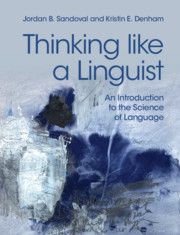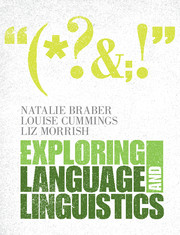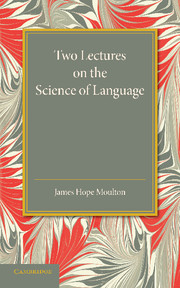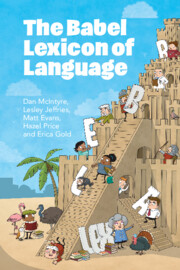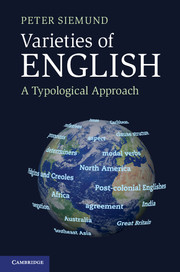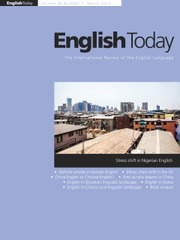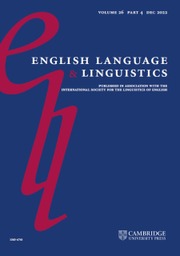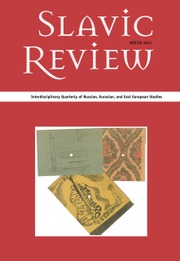Thinking like a Linguist
This is an engaging introduction to the study of language for undergraduate or beginning graduate students, aimed especially at those who would like to continue further linguistic study. It introduces students to analytical thinking about language, but goes beyond existing texts to show what it means to think like a scientist about language, through the exploration of data and interactive problem sets. A key feature of this text is its flexibility. With its focus on foundational areas of linguistics and scientific analysis, it can be used in a variety of course types, with instructors using it alongside other information or texts as appropriate for their own courses of study. The text can also serve as a supplementary text in other related fields (Speech and Hearing Sciences, Psychology, Education, Computer Science, Anthropology, and others) to help learners in these areas better understand how linguists think about and work with language data. No prerequisites are necessary. While each chapter often references content from the others, the three central chapters on sound, structure, and meaning, may be used in any order.
- Step-by-step instructions on interpreting a wide range of data teach students to perform scientific linguistic analysis
- Students learn to recognise the difference between description and analysis through completing three distinct kinds of exercises that target varying levels of these two skills
- Practice exercises integrated throughout the text demonstrate the importance of engaging with data analysis in real time as the student progresses through each chapter
- Examples from a diverse array of languages allow students to gain a greater appreciation for language and human diversity, and to see their own identities reflected in the text
- Flexible chapter structure allows any instructor to easily personalize the use of this text for their course. While each chapter often references content from the others, the three central chapters on sound, structure, and meaning, may be used in any order.
Reviews & endorsements
'Thinking like a Linguist is an excellent text for introducing students to the scientific methods and core areas of linguistics. Clear and crisply written by two experienced professors, the book focuses on the analysis of sound, structure, and meaning – phonetics to pragmatics – and how to do linguistic analysis. With up-to-date coverage, interesting applications, and well-thought-out activities and exercises from a variety of languages, this is a versatile, sensitive, and intellectually engaging text, suitable for undergraduate and graduate introductions to linguistic analysis.' Edwin Battistella, Southern Oregon University
'A fresh and flexible approach to the study of linguistics. Because the three central chapters can be read in any order, instructors are free to adapt the book to their course and teaching style. A wide variety of activities encourage students to not only practice concepts from the text, but also to create connections between the textbook material and their own experiences.' Patti Kurtz, Minot State University
‘This textbook offers a refreshing approach to linguistics, and cultivates an excitement for the study of language. It engages students by leading them through the formal aspects of linguistic analysis, and its enriching exercises encourage them to consider language from a range of perspectives.’ Sam Rosenthal, Oakland University
‘This clear introduction covers sound, structure, and meaning at a level appropriate for undergraduates coming to linguistics for the first time. With a steady progression, well-chosen exercises, and an engaging style, it shows beginners how to think about language scientifically. The final chapter demonstrates how linguists use the thinking introduced in the main three chapters to explore language in social settings.’ Mikael Thompson, independent scholar
Product details
September 2021Paperback
9781316635209
248 pages
246 × 189 × 13 mm
0.56kg
Available
Table of Contents
- Preface
- Acknowledgements
- 1. Introducing Language Analysis
- 2. Analyzing Sound: Phonetics and Phonology
- 3. Analyzing Structure: Morphology and Syntax
- 4. Analyzing Meaning: Semantics and Pragmatics
- 5. Analyzing Language: Putting It All Together
- References
- Index.

